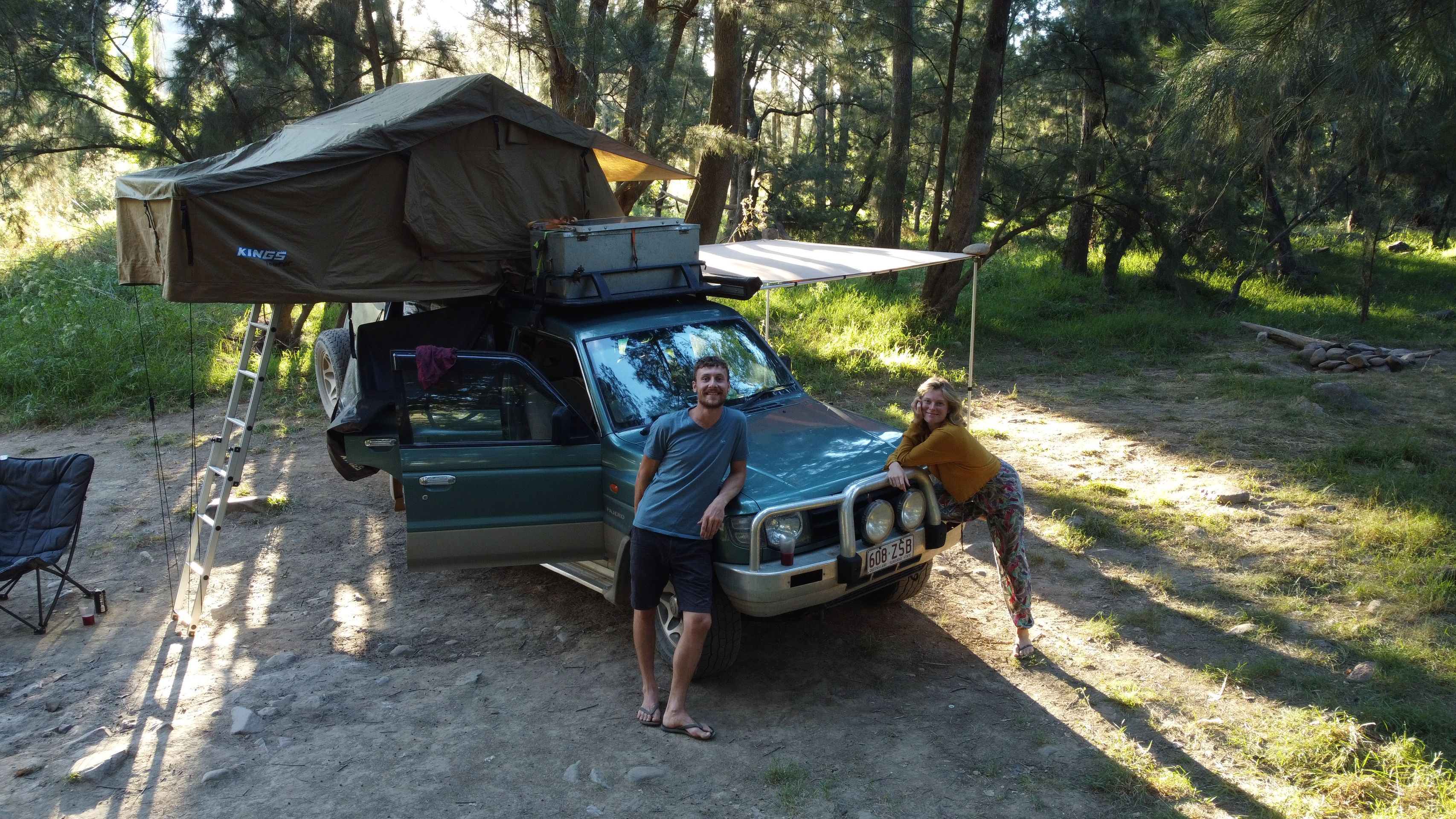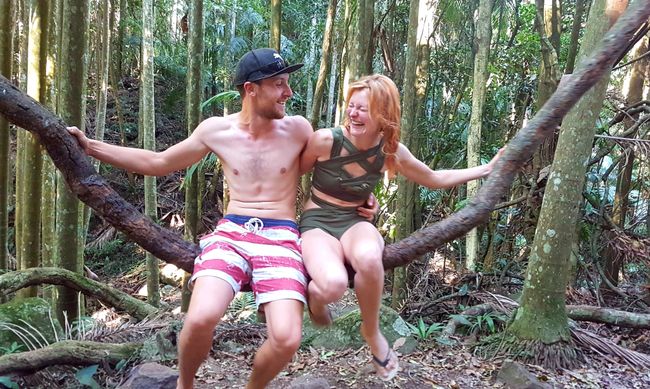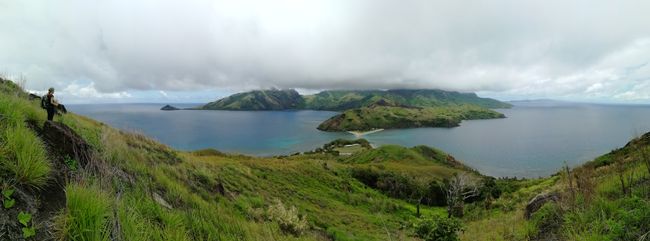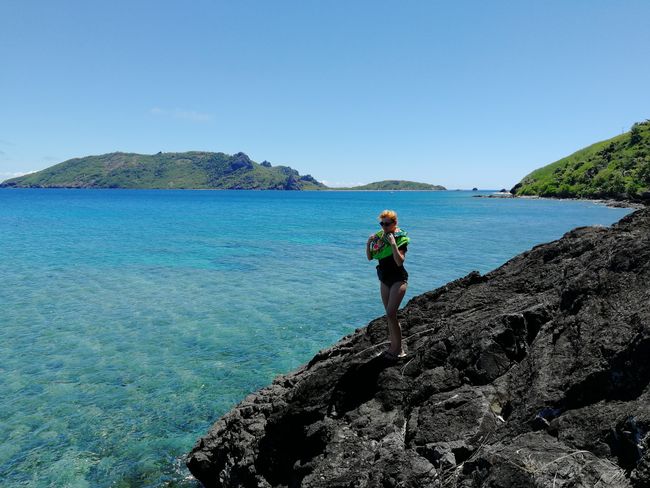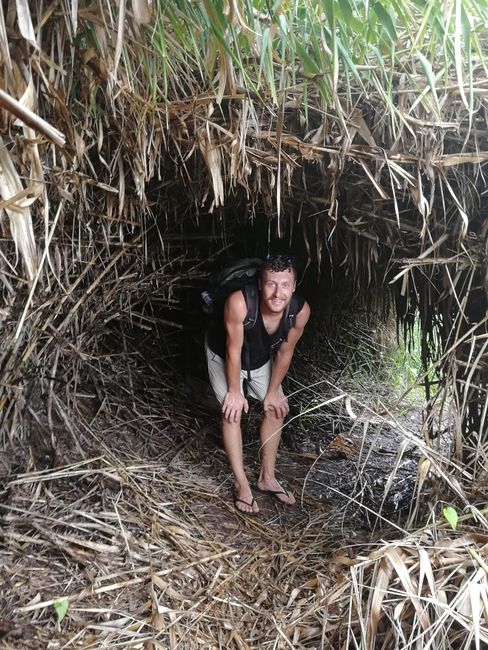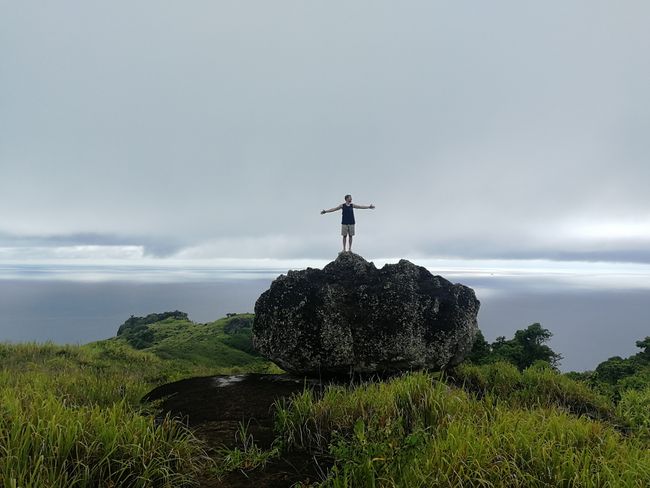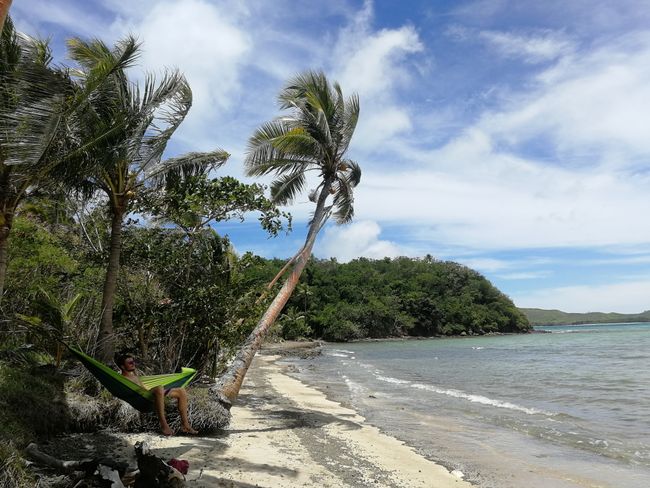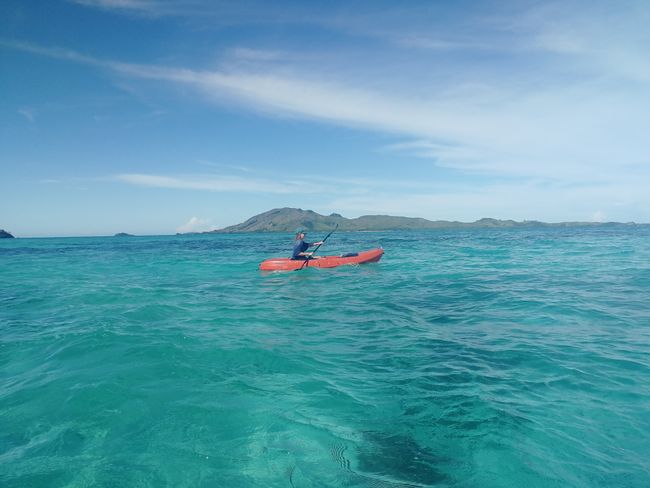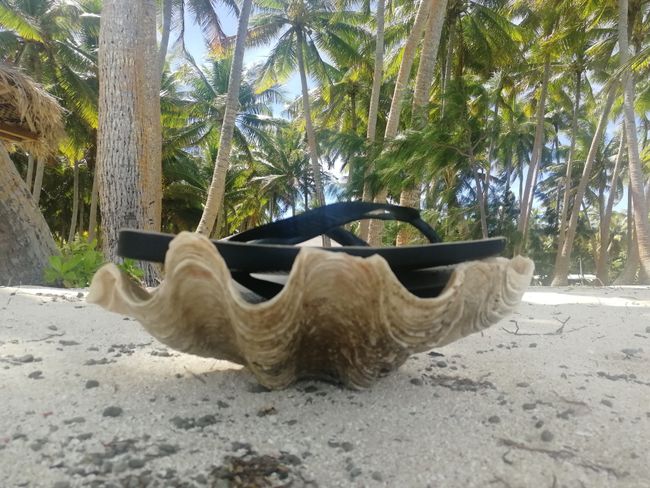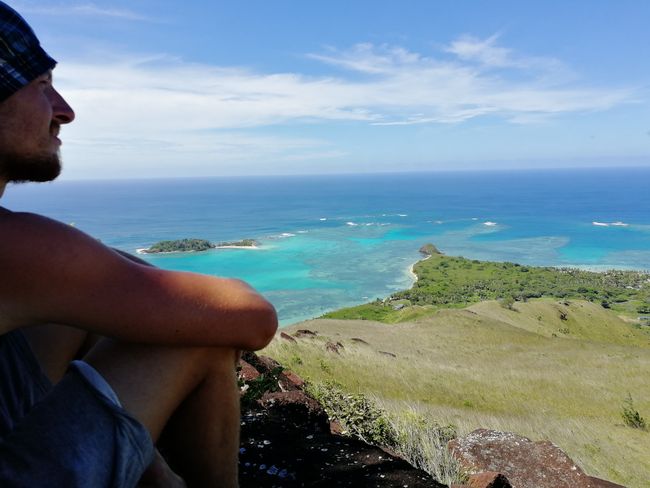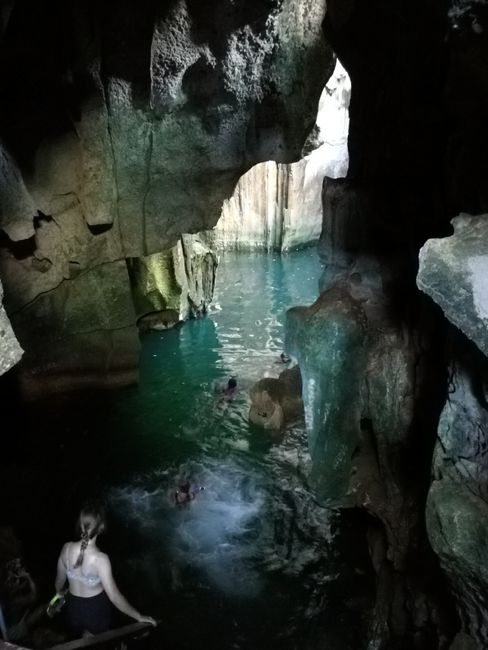Door 22 - the Yasawas
प्रकाशित कीता: 22.12.2019
न्यूज़लेटर दी सब्सक्राइब करो
When we arrive after not even 1.5 hours of driving, I am positively surprised by the absence of other tourists - except for 4 young Australians who are staying with a neighboring family. There are also 2 or 3 smaller resorts on the island at other places, but only 5 families accommodate guests. In Wai's house, we have a small but clean room with a mosquito net over the bed and a private bathroom with a rainwater tank and a scoop. Simple and cold, but warm showers are unnecessary in these temperatures. We snack on leftovers from the previous evening and take a walk along the beach. Our host family prepares a delicious dinner for us, and then there is a kava ceremony. The Australians are there, as well as the eldest member of the village and our host father. Gradually, more members of the village community join, the conversations become more lively and intimate. My mouth is numb from the kava, I feel a bit dizzy, maybe it's the kava intoxication that some locals here tell interesting stories about. I quickly got used to my sarong, which we bought in Nadi, it is mandatory for drinking kava, and in general, one should not wear too light clothing in the villages. On Waya Lailai, the people are Methodists, you can hear the bush drum calling for prayer twice a day. The village community functions similar to a commune, the belongings of individuals are available to others, based on the principles of trust and family, everyone is related, at least to the 2nd or 3rd degree. On our second day, we hike from our village on the south side over a mountain in the middle to the north, the paths are partly completely overgrown, it rains frequently here and everything grows quickly. From the north beach, we cross a sandbank to the neighboring island of Waya. After an unsuccessful attempt to reach the next village - both on Google Maps and on Matzes Open Street Map, there is no reliable information in this part of the world - we follow a local family along the beach to the village. Like all the locals we have encountered so far, they are amazed by our adventurous spirit and endurance (some reactions also expressed incomprehension). When we arrive at the village, we immediately meet someone who offers to take us back to Waya Lailai with his boat, because he has to go there anyway. In addition, an older lady invites us to tea and biscuits, proudly leading us through the village to her house. As the boat is ready to depart, the driver's daughter comes and takes my hand without hesitation. As we wade through the rocky and muddy water to the boat, I carry her so that her pretty dress doesn't get wet, she smiles broadly at me. In the boat, she sits on my lap and holds my hand. I have to hold back tears of emotion, rarely has a stranger moved me so much. We are dropped off on the north side of Waya Lailai and walk along the beach to our host family on the south side, sometimes we have to climb or wade through the water, the tide comes in quickly. The next day we continue to Nanuya Lailai, where we stay with Terry and her family. The island has slightly more beaten paths, we walk to the north end to the bar of the resort and enjoy cold drinks. At dinner, we get to know the other guests, a family of 4 from the USA. Their children feel comfortable playing with the local children who are with their families during the holiday season (from the end of November to the end of January) and otherwise live in accommodations near one of the 3 schools on the Yasawas. The next day, we grab kayaks and snorkeling gear and go to the 2 neighboring islands, especially at the edges of the reefs, the waves that suddenly appear out of nowhere give me palpitations, but we don't capsize. Finally, we find a very beautiful spot for snorkeling, where coral gardens with numerous different fish, sea cucumbers, sea urchins, and the typical blue starfish of the area appear out of nowhere after a lot of seagrass growth. We extend our stay with Terry and actually plan to visit the Sawa-i-Lau caves the following morning, but it's Sunday and on this day in Fiji, at least no Christian families and no businesses are open. But since we're not in a hurry, we postpone the cave visit to Monday and go hiking on the neighboring island of Nacula, snorkel to the completely uninhabited and very idyllic island of Yaroma, and hike through the mountainous landscape in the middle. The sun is scorching and we are very relieved to find a tree at the highest point of the mountain where we can enjoy the view. On the last day on the Yasawas, we visit the very famous Sawa-i-Lau caves, where you have to dive for about 2 seconds under a rock from the first cave to the second cave. We are only a small group and enjoy some peace and quiet before a multitude of tourists from the surrounding resorts join us. The water is ice-cold - especially in comparison to the warm saltwater in the sea - and very deep. During the tribal wars in Fiji and the invasion of the Europeans, locals hid here, and you can imagine that well considering the number of caves connected by underground rock holes. After the excursion, we are taken to the seabus, which takes us back to Lautoka. Apart from us, there are hardly any other tourists on the boat, but there are the 4 young Australians from Waya Lailai.
न्यूज़लेटर दी सब्सक्राइब करो
परता
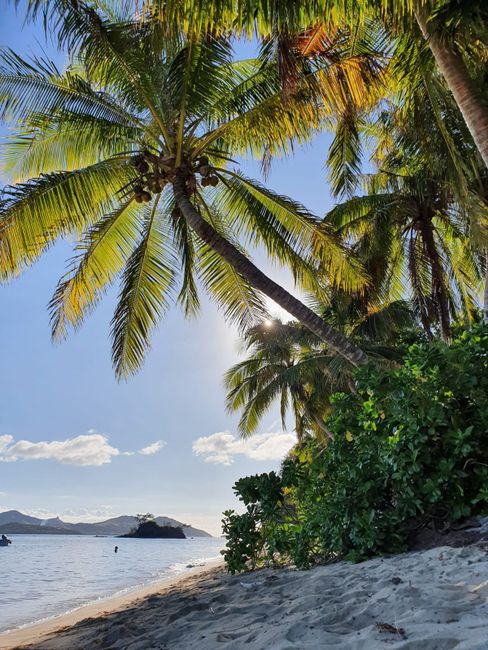
यात्रा दी रिपोर्ट फिजी ऐ।
